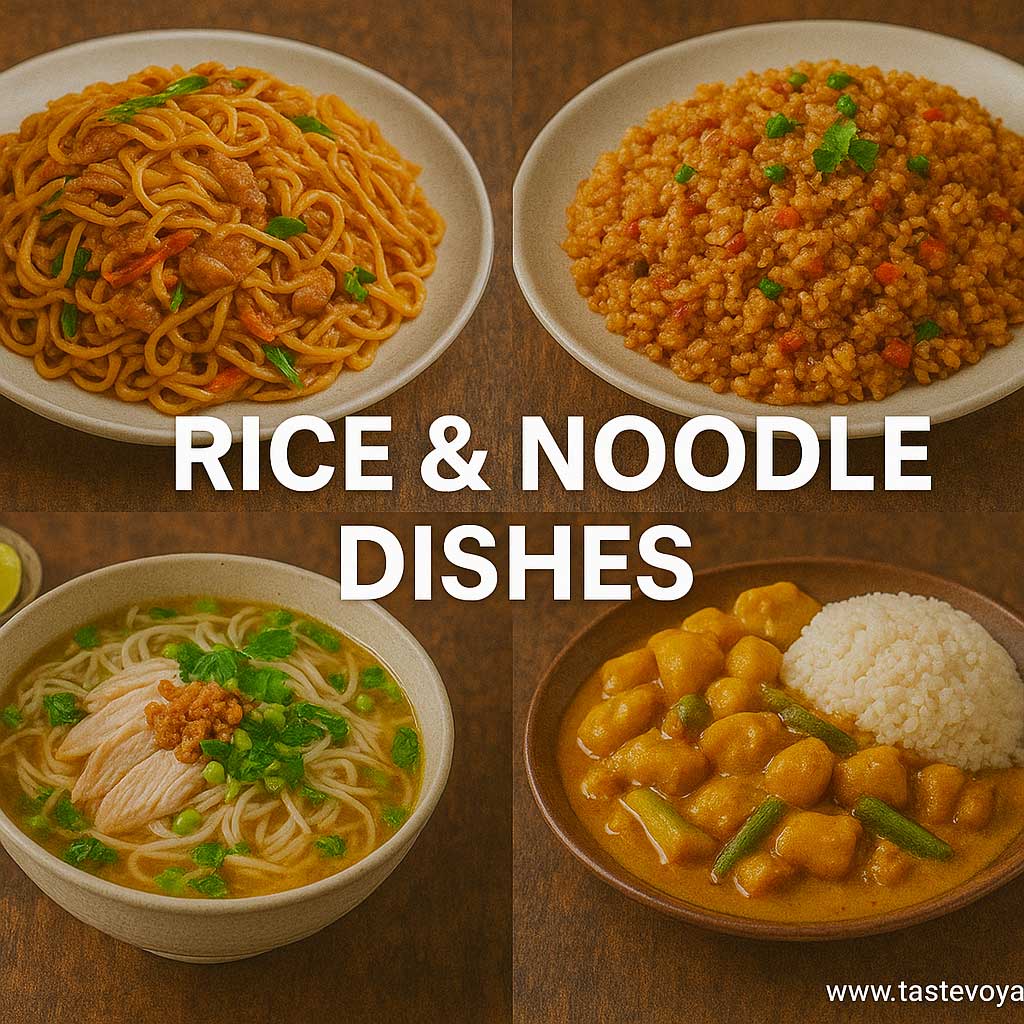How to Make Authentic Khmer Sticky Rice at Home
Travel the World Through Food >> Cambodian Cuisine>>Rice & Noodle Dishes>> How to Make Authentic Khmer Sticky Rice at Home
How to Make Authentic Khmer Sticky Rice at Home
Discover the Cultural Significance of Traditional Khmer Sticky Rice
Sticky rice, known locally as “bamung,” holds a special place in Khmer cuisine and Culture. It is more than just a staple food; it embodies tradition, community, and identity. In Cambodia, this unique rice variety is woven into daily life and special ceremonies alike. Its soft, glutinous texture offers a sensory experience that connects generations, making it an integral part of Khmer heritage.
The Culinary Heritage of Khmer Sticky Rice
Khmer sticky rice is celebrated for its distinctive texture and flavor. Unlike long-grain rice, sticky rice is characterized by its ability to cling together, providing a satisfying chewiness with every bite. This quality makes it ideal for pairing with a variety of dishes, from savory to sweet. It is commonly served during meals, communal gatherings, and religious festivities, symbolizing unity and shared joy.
Culinary artisans in Cambodia have perfected the art of preparing sticky rice over centuries. The process involves selecting high-quality rice and steaming it to preserve its natural flavors. This method highlights the rice’s cultural importance, emphasizing respect for tradition and craftsmanship. The versatility of sticky rice allows it to be part of many Khmer dishes, such as savory bucket dishes, desserts like sticky rice with mango, and offerings during special ceremonies.
The Role of Sticky Rice in Khmer Celebrations and Rituals
In Khmer culture, sticky rice plays a prominent role in celebrations and rituals. It is often used as an offering to ancestors and spirits, signifying respect and gratitude. During festivals and religious ceremonies, it is customary to prepare and present sticky rice as a symbol of abundance and blessing.
Furthermore, sticky rice is a key ingredient in traditional wedding ceremonies, where it signifies unity and prosperity for the couple. It is also shared during communal events, fostering a sense of togetherness and community spirit. This cultural importance elevates sticky rice beyond its culinary appeal, making it a vital thread in the fabric of Khmer society.
Appreciating the Cultural Craft of Khmer Sticky Rice
Understanding the cultural value of sticky rice enhances appreciation for this beloved dish. It reflects the Khmer people’s connection to their land, history, and social customs. By honoring traditional methods of preparation and serving, communities preserve their cultural identity and pass it to future generations.
Enjoying Khmer sticky rice invites you to experience more than just a flavor; it offers a glimpse into the rich cultural tapestry of Cambodia. Its presence in daily life and Special Occasions underscores its significance as a symbol of unity, respect, and tradition.
Conclusion: Embracing the Cultural Richness of Khmer Sticky Rice
Khmer sticky rice is more than a culinary delight; it is a cultural emblem. Its texture, flavor, and role in ceremonies exemplify the deep-rooted traditions of Cambodia. When you savor this dish, you participate in a centuries-old heritage that celebrates community, spirituality, and craftsmanship. Embrace the beauty of Khmer sticky rice and honor its place in the rich cultural landscape of Cambodia.
